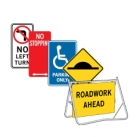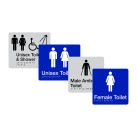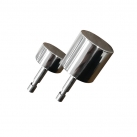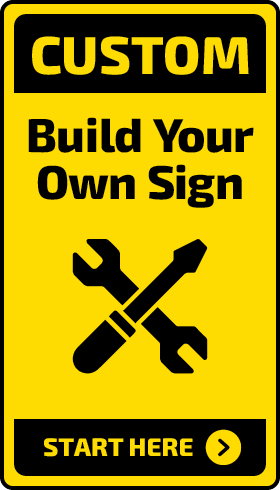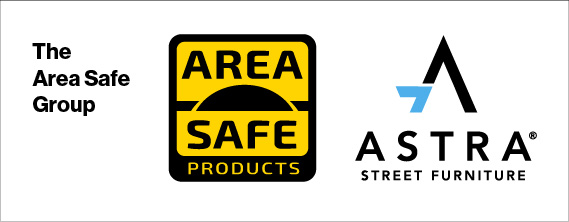Understanding Flexible Fixed Bollards: Benefits, Advantages, and Uses

In today's bustling urban and commercial environments, managing traffic and ensuring pedestrian safety are paramount. Flexible fixed bollards have emerged as a preferred solution, combining the resilience of traditional bollards with an innovative, forgiving design. This blog post delves into the world of flexible fixed bollards, exploring their advantages, benefits, and common uses.
Advantages of Flexible Fixed Bollards
- Reduced Damage Upon Impact: One of the most significant advantages of flexible fixed bollards is their ability to absorb impact. Unlike rigid bollards, which can cause severe damage to vehicles upon collision, flexible bollards are designed to bend upon impact and then return to their original position. This reduces the cost and need for repairs and maintains the aesthetic of the bollard and the surrounding area.
- Enhanced Safety: Flexible bollards are safer for both vehicles and pedestrians. They minimise the risk of injury upon impact by yielding to force. This makes them particularly suitable for areas with high pedestrian activity such as school zones, parks, and outdoor shopping areas.
- Longevity and Durability: Made from high-quality materials like reinforced polymers, flexible fixed bollards are built to last. They withstand repeated impacts and harsh weather conditions, ensuring long-term service with minimal maintenance.
Benefits of Flexible Fixed Bollards
- Cost-Effective: By reducing the damage to vehicles and the bollards themselves, flexible fixed bollards offer a cost-effective solution for traffic management and perimeter security. The need for replacement or repair is significantly diminished, leading to long-term savings.
- Versatility in Design: These bollards come in various designs, heights, and colours. They can be sleek and modern or more traditional, designed to fit seamlessly into the aesthetic of any environment. This versatility makes them suitable for a wide range of architectural styles and urban designs.
- Easy Installation and Maintenance: Flexible fixed bollards are generally easier to install than traditional rigid bollards and require less maintenance. This ease of use is a significant benefit for property managers and urban planners who need efficient, reliable safety solutions.
Common Uses of Flexible Fixed Bollards
- Traffic and Pedestrian Guidance: In parking lots and on city streets, flexible fixed bollards guide vehicles and protect pedestrians. They are often used in bike lanes to provide a safe barrier between cyclists and vehicular traffic.
- Property Protection: Around commercial properties, flexible bollards can be used to protect buildings, utility poles, and other infrastructure from accidental vehicle damage.
- Access Control: They are effective for controlling access to restricted areas, allowing for a physical barrier that can withstand accidental or intentional vehicle impact while maintaining the integrity of the protected area.
- Aesthetic Enhancement: Beyond functionality, flexible fixed bollards contribute to the aesthetic and architectural appeal of the environment. They can be used to enhance the visual appeal of landscapes, define pathways, and contribute to the overall design of public spaces.
Flexible fixed bollards represent a significant advancement in safety and design for urban and commercial spaces. By offering a durable, flexible, and aesthetically pleasing solution for traffic management and perimeter security, they meet the diverse needs of modern environments.
Whether you're an urban planner, property manager, or warehouse manager, understanding the benefits and applications of flexible fixed bollards can help you make informed decisions about how to best ensure safety and functionality in public and private spaces. If you’d like any further information, reach out to the team at www.areasafe.com.au.

 Speed of Service
Speed of Service Easy Systems
Easy Systems Product Designs & Developers
Product Designs & Developers Car Park Protection
Car Park Protection 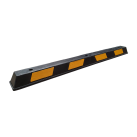
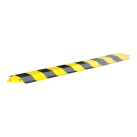


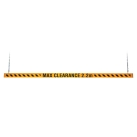
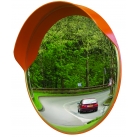
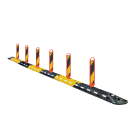
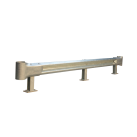

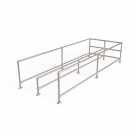
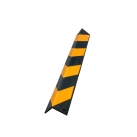
 Industrial Safety
Industrial Safety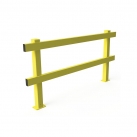
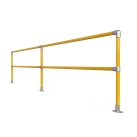


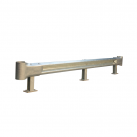
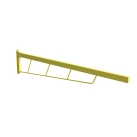
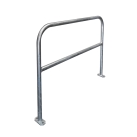
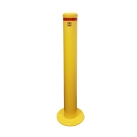
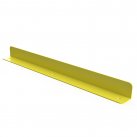

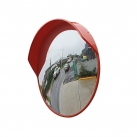
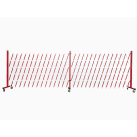
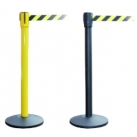


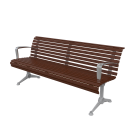 Urban Furniture
Urban Furniture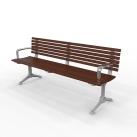
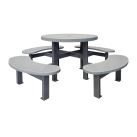
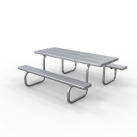

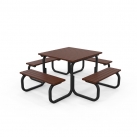
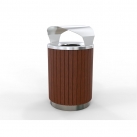
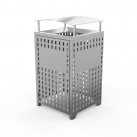

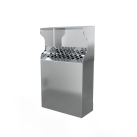
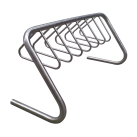
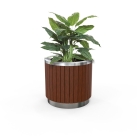
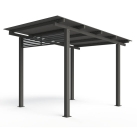
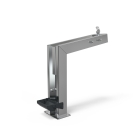
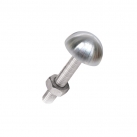
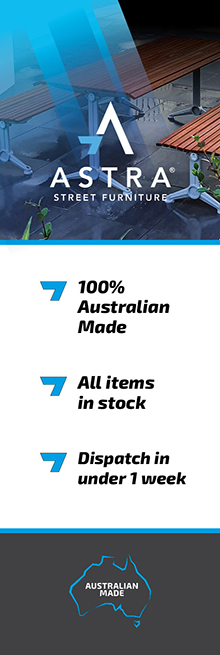
 Pedestrian Barriers
Pedestrian Barriers
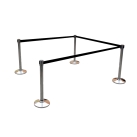

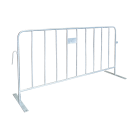

 Matting, Ramps & Tactiles
Matting, Ramps & Tactiles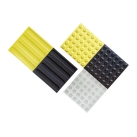
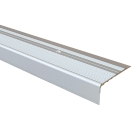
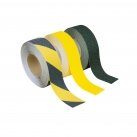
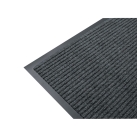
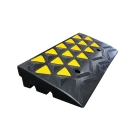
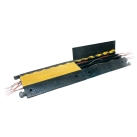
 Signage & Safety
Signage & Safety 
